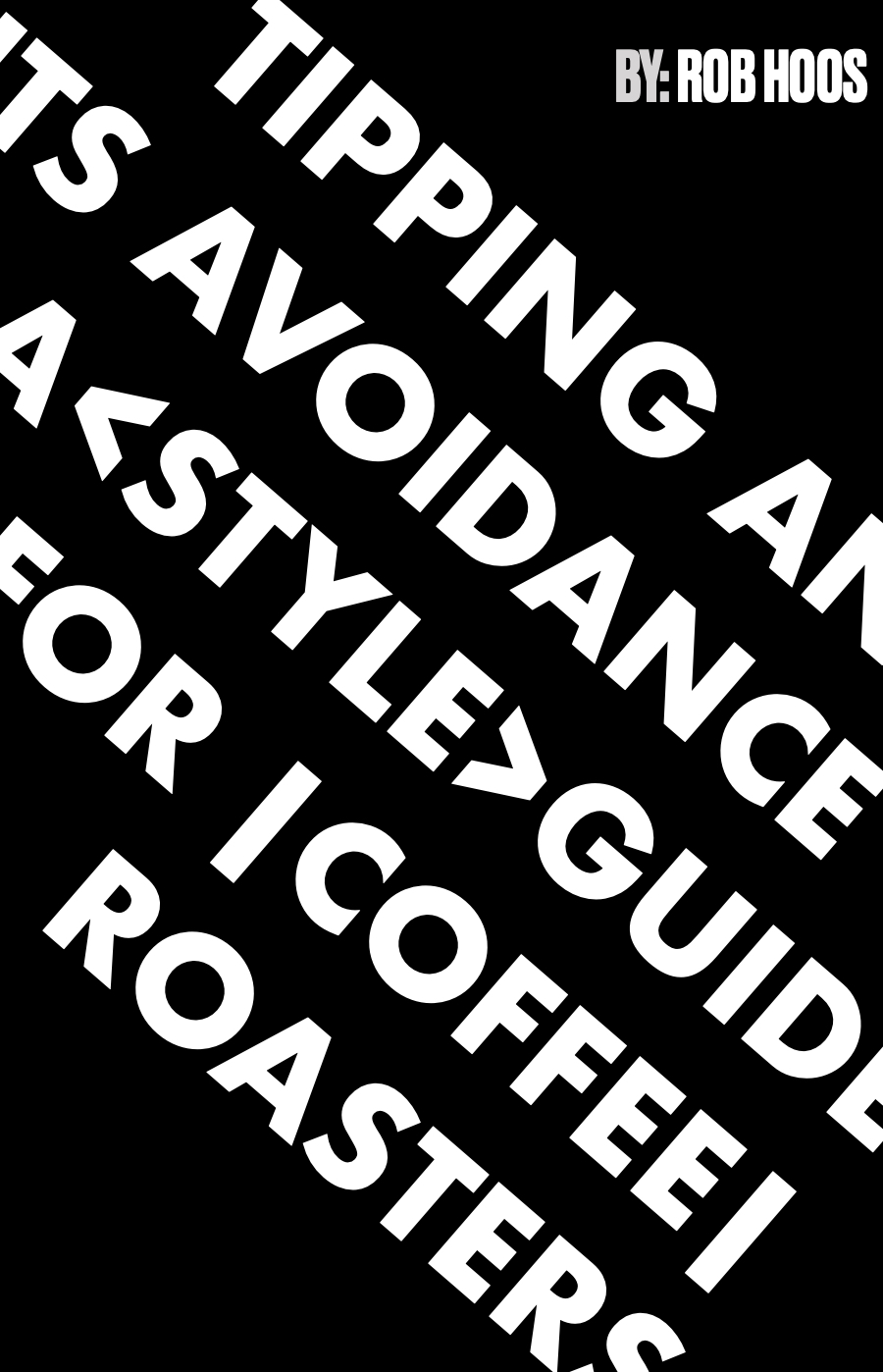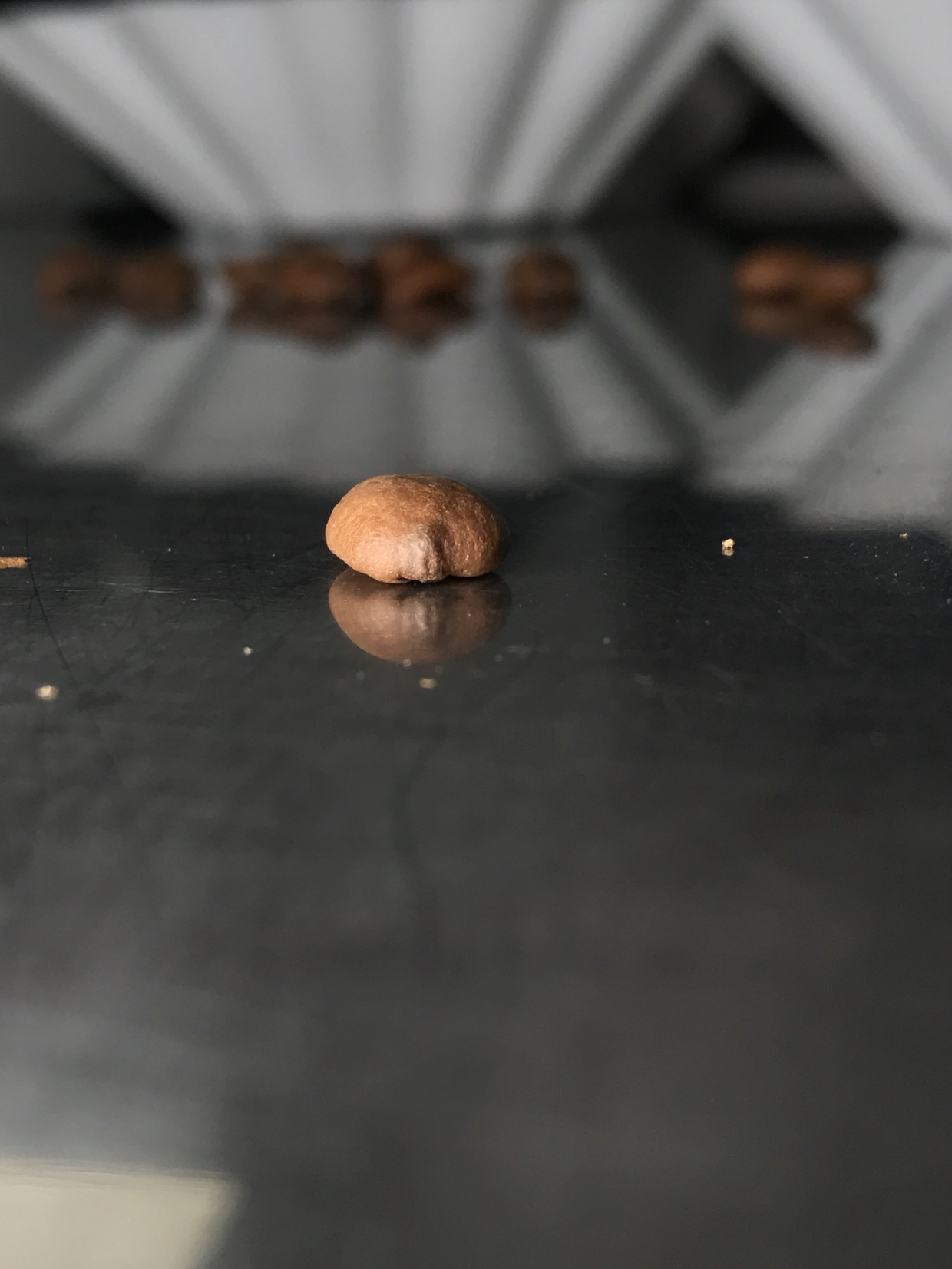If you’re looking for a last-minute virtual stocking stuffer for the home or professional coffee roaster in your life, coffee consultant, roaster and writer Rob Hoos may have just the thing for you.
It’s called “Tipping and Its Avoidance: A Style Guide for Coffee Roasters” and it is, without a doubt, the most thoughtful and thorough document ever published on the subject of tipping.
Not to be confused with dollar bills in a mason jar or the prompted tap of a point-of-sale screen, tipping in this case refers to a common defect in coffee roasting.
As Hoos notes in the guide, tipping is one of the nine defects — four objectively observed and five subjectively observed — that he might teach in a typical class for the Specialty Coffee Association. It is expressed in roasted coffee as a burnt mark on the tip of the coffee seed where the embryo or germ is located.
“If you have ever run into an errant roasty note that seems inexplicable, you may find burnt endosperm caps lingering in your batch,” Hoos wrote in the guide. “Objective roasting defects like tipping are lovely because they are either there or not. If the roasty note persists and you do not notice tipping, then check for tipping, facing, or problems with your profile… the possibilities are endless.”
So why tipping? Hoos recently told DCN that the guide was in part inspired by a recent coffee he roasted that came from the Galapagos in Ecuador that was so impacted by tipping that a “night-and-day difference in flavor” occurred despite the same roast, the same end color and the same timing.
“For me, tipping has always been something I’ve had to contend with off and on in my own roasting, as well as in the roasting of my clients,” said Hoos, a longtime roaster for Portland, Oregon-based Nossa Familia Coffee who has since launched the experimental roasting company Iteration.coffee alongside his consultancy. “It’s not as straightforward as scorching or facing, either… It’s a bit more esoteric, I guess.”
Despite devoting nearly 40 pages to the subject of tipping, Hoos made it clear that the guide is not intended be some sort of authoritative resource — hence the “style guide” reference in the title.
“I want to be cognizant that I am not the holder of all truth, nor am I trying to scientifically prove anything really; it’s more that I have a style of approaching roasting that could be helpful for people,” Hoos told DCN. “So much in the same way as my last book was merely a manifesto, this is a style guide on how to approach coffee roasting. I also really like the idea of there being different ‘style-guides’ for writing — Chicago, MLA, etc. — and so this is mimicking that a little, too.”
“Tipping and Its Avoidance” is currently available online in PDF form for $5 at the Hoos.coffee shop. A full-color paper version is anticipated at a future date.
Does your coffee business have news to share? Let DCN’s editors know here.
Nick Brown
Nick Brown is the editor of Daily Coffee News by Roast Magazine.









Comment